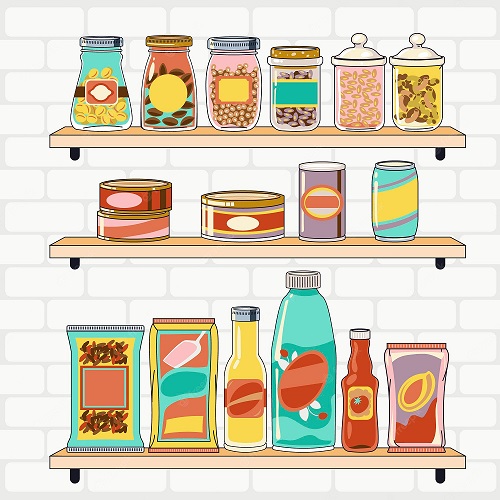
There’s a lot of conflicting advice about whether we should snack between meals.
As the food is increasingly readily available 24/7 in the western world, there’s no doubt that the lines are being blurred between meals and snacks. As eating trends are shifting from three set meal towards snacking, the majority of the Australian population is said to snack at least once a day and the Millennials, as a generation, snacking as often as four or more times a day – It seems we are becoming a society of snackers in an instant gratification world.
So here’s the question: To snack or not to snack?
There’s the theory that having frequent small meals throughout the day speeds up your metabolism, promotes satiety, and controls blood sugar levels. Somehow, all these means is you’re consuming more frequently, but total energy intake is less. Studies have shown that this way of eating usually leads to overconsumption of calories and hence an increase in weight as it has inconsistent effects on hunger. In a way, you’re not teaching your body how to deal with the urge of hunger and always ‘topping up,’ which doesn’t allow the digestive system to take a break. To further back this up, there are studies that suggest that cutting your meal times down to just one to three main meals a day reduces total calories and reduces the cravings that come with constantly eating or the need to eat.
Unfortunately, the research on the metabolic effects of consuming a large meal versus many small meals is mixed. The jury is still out on the benefits of increasing meal frequency, but we do know this much. Research suggests that a regular pattern of eating may have an edge over a more irregular meal pattern. The benefit of eating more frequent, smaller meals over the course of your day may not be in regulating metabolism as much as it is in staving off hunger.
Most importantly, the type of snack you choose is going to have the biggest impact on your satiety levels (long term weight management). For example, by eating a healthy, nutrient-dense option such as a handful of almonds or a homemade protein ball, is going to maintain energy levels and help stave off the 3 pm cookie jar. By including protein at each meal you’ll also help alleviate snacking between meals. Resorting to sugary foods will increase your insulin levels, which in turn, will promote a dip and the need to snack again not long after. I highly recommend (if you don’t have any insulin resistance issues) to become more aware of the sugar content in your diet, through reading nutritional food packaging labels.
So, if you’re feeling peckish and honestly hungry you could try these healthy snack ideas
You might like to try:
Hard-boiled egg
Vegetable juices
Cut up vegetables with homemade guacamole or salsa
A handful of berries
Nuts or seeds (be wary of portion sizes, keep them the size of your palm.)
Homemade bliss balls – watch the sugar content
Be wary of ‘portion distortion’ with snacking, as this will always undo any efforts in controlling your weight. Be sure to restrain eating straight out of a packet and remember to dish out your required amount. By practising mindful eating strategies, you will be able to highlight if you are in fact hungry and not eating for any other self-fulfilling reason or habit.
The important thing to do before changing your meal frequency is to determine what will see you through the day feeling satiated and energized. This is very individual and for some, the standard three square meals per day may suffice. However, children or those who exercise regularly, have high metabolisms and lean muscle mass may find that spreading more meals out over the course of the day offers real benefits in terms of staving off the munchies and keep your energy levels humming along.
pic via – American Heart Foundation



